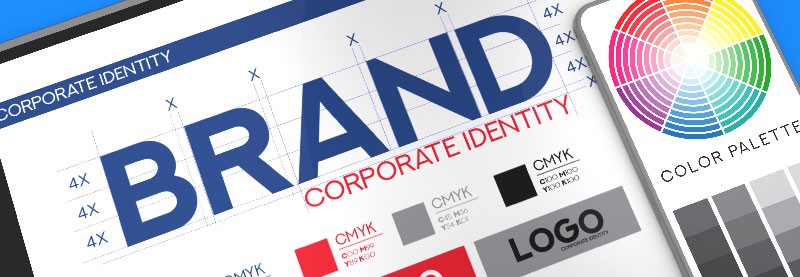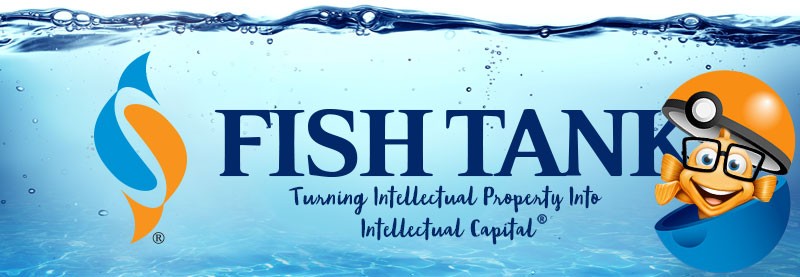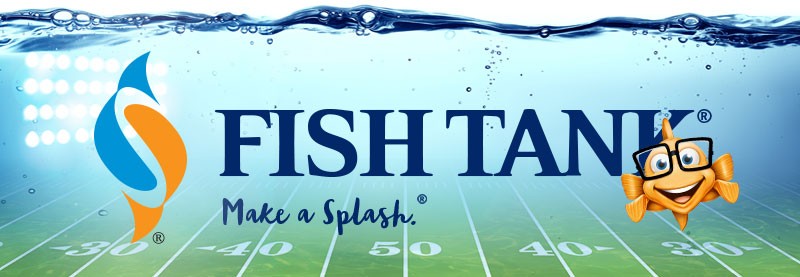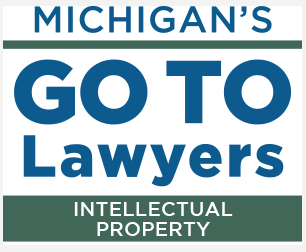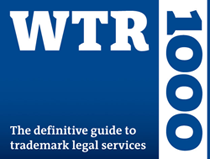Intellectual Property Insights from Fishman Stewart
Mini Article – Volume 22, Issue 20
Share on Social
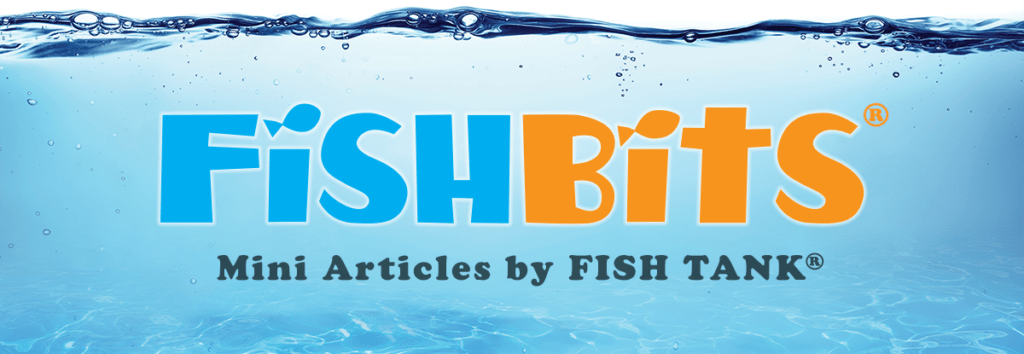
Trademark the Rainbow
You may have heard someone say that a company owns a color. Perhaps you have heard that Louboutin owns the color red, or that Tiffany & Co. owns robin’s egg blue. And while there is some truth to these statements, they are not entirely accurate.
Trademarks are an important aspect to a business’ success. Trademarks potentially are anything that could be perceived by consumers to identify one merchant’s goods and to distinguish those goods or services from the goods of other merchants, including words, letters, logos, other designs, sounds, scents and, last but not least, color. Indeed, the Supreme Court held in 1995 that colors could be protected and registered as trademarks under certain conditions.
Did you buy a high-heel shoe with a contrasting red sole? You know it is a Louboutin shoe. Have a package delivered by a brown truck? Your package was delivered by UPS. Receive a diamond ring that came in a blue box? That ring is from Tiffany & Co. Here are a few examples of colors registered as trademarks with the US Patent and Trademark Office:

It is important to note that just because a color is registered as a trademark, this does not give the trademark owner exclusive rights to the color for all goods and services. For example, Louboutin has a trademark registration for the color red for a “lacquered outsole on footwear that contrasts with the color of the adjoining (“upper”) portion of the shoe” for “women’s high fashion designer footware.” You can read more about the history of the famous red heel shoe here.
However, Louboutin’s right to the color red is contrasted with the rights of Coca-Cola’s red on beverage cans, Target’s red (in its logo) for a general retail store, and Campbell’s red on its soup cans. The extent to which a trademark owner can prevent others from using its mark, including a color mark, is limited to cases where the concurrent use of the parties’ marks would create a likelihood of confusion among consumers in the marketplace. In the above examples, each of Louboutin, Coca-Cola, Target and Campbell’s use their color red in sufficiently different markets that consumers are not likely to be confused, , for example, that Louboutin’s red-soled shoes originate from, are sponsored or are in some way associated with Coca-Cola, or visa versa. Similarly, it is unlikely that consumers would be fooled into thinking they are purchasing a can of Louboutin’s tomato soup, or Campbell’s pointy pump with 100 mm stiletto heel in size 38. In contrast, the parties’ markets were much closer in the case of Louboutin v. Yves Saint Laurent, both in the designer apparel field, where the U.S. Court of Appeals for the Second Circuit recognized Louboutin’s trademark rights in its red soled shoes, but was not willing to extend Louboutin’s rights to YSL’s sale of a monochromatic red shoe where both the sole and the remaining parts of the shoe were red.
As more companies continue to adopt color-centric branding, we may see even more colors of the rainbow become protected as trademarks. As with any other type of trademark, brand owners should be aware of the potential for protecting their own colors, and the options for diligently enforcing their rights.
Melissa M. Chapman is an associate attorney at Fishman Stewart and hopes one day to have a closet full of Louboutin shoes. Check out her full bio here.
Published October 5, 2022
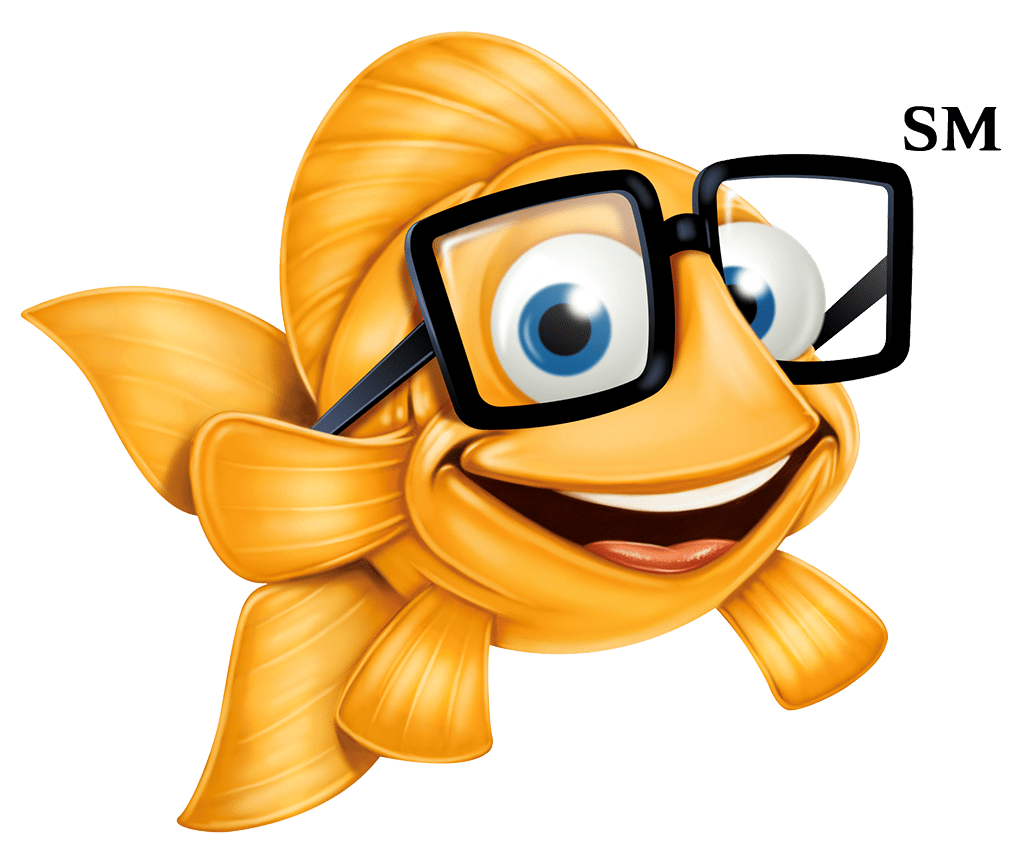

Fishman Stewart Sponsors ESD’s Student Writing Contest Scholarship
Fishman Stewart PLLC is proud to sponsor a $1,000 scholarship for the winner of The Engineering Society of Detroit’s (ESD) Engineering Student Writing Contest. The contest was created in an effort to promote and engage student voices and ideas about the profession of engineering.
The contest is now open to all students attending accredited Michigan universities and studying within any of the engineering disciplines or related technical and scientific fields. The top three entries will be published in the January 2023 issue of the ESD’s TechCentury magazine. The top award-winning essay author will receive recognition at the 2023 ESD Gold Award Reception and a $1,000 scholarship sponsored by Fishman Stewart.
Click here for more information about the Engineering Student Writing Contest and to download the contest entry form.
Related Content from Fishman Stewart
In a recent decision, the U.S. Court of Appeal for the Eighth Circuit affirmed a jury verdict holding that the use of the "Success Kid" meme by a congressman's reelection campaign for fundraising purposes did not qualify as fair use.
In February 2024, proposed legislation was introduced in US House of Representatives which would extend copyright protection to golf courses. The bill is titled “Bolstering Intellectual Rights against Digital Infringement Enhancement Act” or the “BIRDIE Act”.
June is Pride Month, which honors the 1969 Stonewall Uprising in Manhattan and recognizes the impact that lesbian, gay, bisexual, and transgender (LGBTQ+) individuals have had on history locally, nationally, and internationally. The United States Patent and Trademark Office flies the Pride Flag and promotes the Pride community’s contributions with programming offered annually.
June is Pride Month. This year we are celebrating with some IP tips for drag performers! Drag performers can protect their intellectual property by registering the copyrights in their original works of music, choreography, and comedy sketches.
You’re rarely more than a few yards from Finny’s favorite chips, semiconductor chips to be precise. But what exactly is a semiconductor chip?
"May the 4th Be With You," also known as Star Wars Day, takes place annually on May 4th. The phrase is a pun on the iconic Star Wars catchphrase "May the Force be with you."
First, a big “thank you” to all our readers who have given feedback on our newsletter. We appreciate your interest and insights. It is always a treat to hear from you! Second, we wanted to provide you with updates on some of our most popular articles
“Palworld”— a computer game created and published by Japanese developer Pocket Pair. Released as an early access game in January 2024, it sold over seven million copies on the computer platform Steam in the first five days and had nearly 20 million players in the first two weeks.
This year’s Super Bowl featured a thrilling overtime victory for the Kansas City Chiefs over the San Francisco 49ers. With estimates as high as 123 million viewers, America's premier sporting event also serves as a grand stage for creativity and intellectual property protections that enhance the game’s success.
Valentine’s Day is just around the corner and jewelry sales are usually around $6 billion USD in the United States alone. In 2021, the US Customs and Border Protection agency seized over $1 billion USD worth of counterfeit pieces of jewelry.
IDENTIFYING, SECURING AND ADVANCING CREATIVITY®


